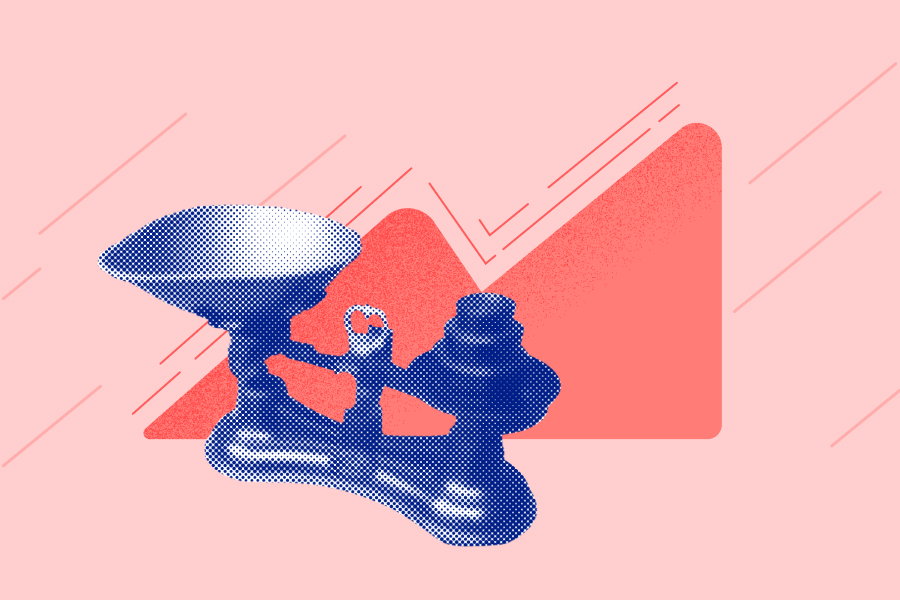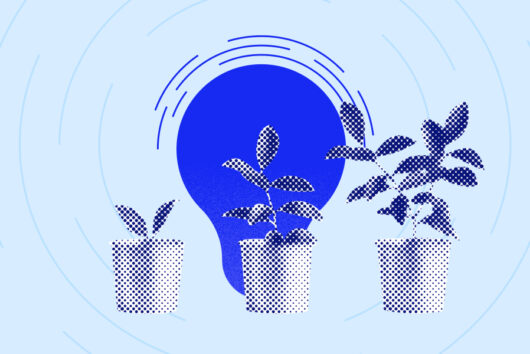What is inflation?

Inflation is the decrease in value, or purchasing power, of your local currency (fiat currency). Essentially, it means consumers must spend more money for the goods they want and need. For example, the average cost of a pint of milk in the UK in 1980 was 17 pence and in 2020 was 46 pence. This means £1 would buy 5.8 pints of milk in 1980, but only 2.1 pints in 2020.
The inflation rate is a measurement for how quickly inflation is rising. The Consumer Price Index (CPI) is a useful metric for tracking the price of consumer goods to show inflation rates over time. Inflation rates can be countered using interest rates. Interest rates are typically set by central banks and are a levy charged on loans. In short, high interest rates means loans are more expensive, which causes borrowing rates to decrease, leading to less money circulating in the economy and therefore less inflation.
Governments and central banks often cause inflation when they need to raise money to pay for public spending. Germany did this aggressively in the 1920s and inflation got so bad that Germans needed wheelbarrows full of cash to pay for basic goods like bread. The German government abandoned its currency and introduced a new one with a more limited supply. The new currency had a more stable value, so it was more practical to pay for goods and services.
The opposite of inflation is deflation. This is where the purchasing power of currency increases. Some assets, such as Bitcoin and gold, are considered ‘deflationary’ because they have a fixed or scarce supply.
 Discover
Discover Help Centre
Help Centre Status
Status Company
Company Careers
Careers Press
Press


